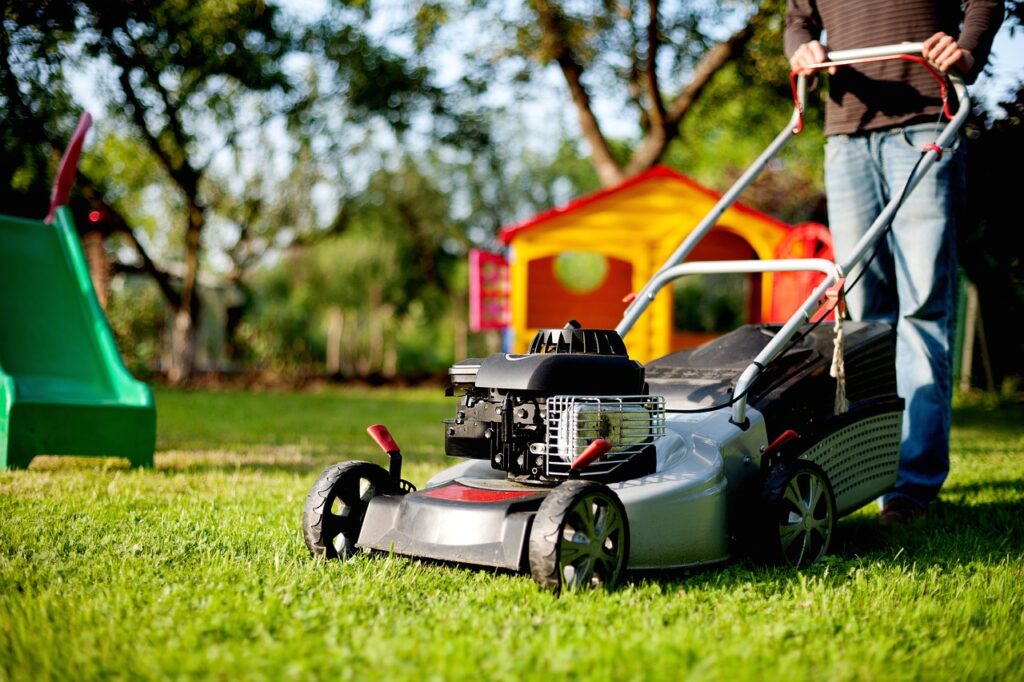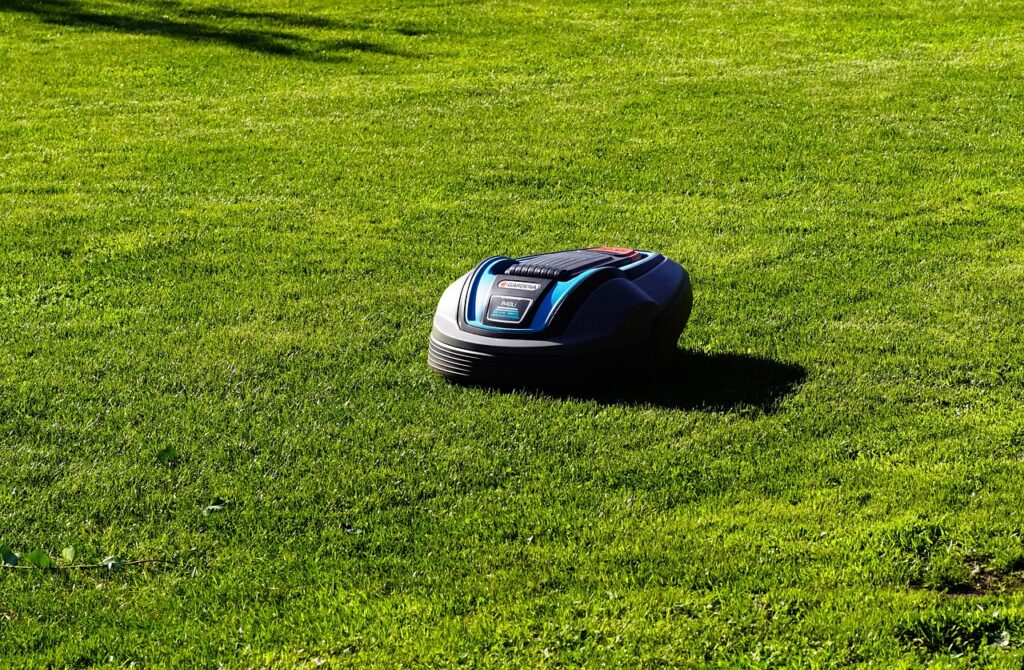In the operation of modern solar power plants, maintaining the surrounding lawn is an essential aspect of ensuring a clean and efficient environment for the equipment. To optimize mowing performance and enhance operational efficiency, more and more solar power plants are turning to remote control mowers. However, the complex environment around solar panels and specific operational requirements pose significant challenges, especially when it comes to the mower’s height, maneuverability, and precision.

1. Height Requirements: Ensuring Flexibility Beneath Solar Panels
Solar panels are typically installed at a height above the ground, which means that any lawn mower used in such areas must have a low enough profile to navigate smoothly underneath. If the mower’s height is too large, it will be unable to effectively trim the grass in areas directly under the panels.
To meet this need, remote control mowers are typically designed with a height of 80 cm or lower. Ideally, the mower should be as compact as possible to avoid interference with the solar panels and ensure comprehensive coverage of the entire lawn area. For example, the MW700 remote control mower has a height of just 65 cm, which allows it to easily maneuver under solar panels and perform mowing tasks efficiently.
2. Maneuverability and Precision in Tight Spaces
Solar power plants often have numerous metal frames or other obstacles scattered across the landscape, with narrow gaps in between. Traditional mowers, which tend to be larger and less agile, struggle to navigate these tight spaces, particularly when dealing with metal supports spaced about 100 cm apart.
To overcome this challenge, remote control mowers are designed with compact dimensions and powerful four-wheel drive systems. This design allows them to navigate through passages as narrow as 1 meter and effectively handle areas with dense obstacles. Thanks to their small size and advanced maneuverability, these mowers can easily reach areas that traditional mowers would be unable to access, ensuring precise mowing even in complex environments.
3. Flexible Control: Boosting Efficiency
In addition to their compact design, the precision control of remote control mowers is key to improving efficiency. These mowers come equipped with advanced control systems that allow operators to perform delicate maneuvers, such as moving forward, backward, and turning sharply with ease. Unlike traditional mowers or manual labor, remote control mowers can easily navigate obstacles, ensuring a much cleaner and more accurate cut, thus significantly increasing operational efficiency.
Moreover, these mowers can automatically adjust to their environment in real-time. This ability ensures smooth operation even on uneven terrain or in areas with many obstacles, avoiding stoppages or interruptions during work. The combination of automation and smart design not only improves the quality of lawn trimming but also reduces the need for manual intervention, saving both time and labor costs.
Conclusion
Designing adaptable remote control mowers for solar power plants effectively addresses issues such as solar panel height, narrow spaces, and the need for precise operation. With their low height, compact design, and flexible control systems, these mowers can navigate under solar panels and trim every corner of the lawn accurately. In addition, their design overcomes the challenges posed by traditional mowers in complex environments. By providing an intelligent and automated solution, remote control mowers not only enhance work efficiency but also offer a more environmentally friendly and sustainable solution for managing lawns around solar power plants.


